Technique 📷
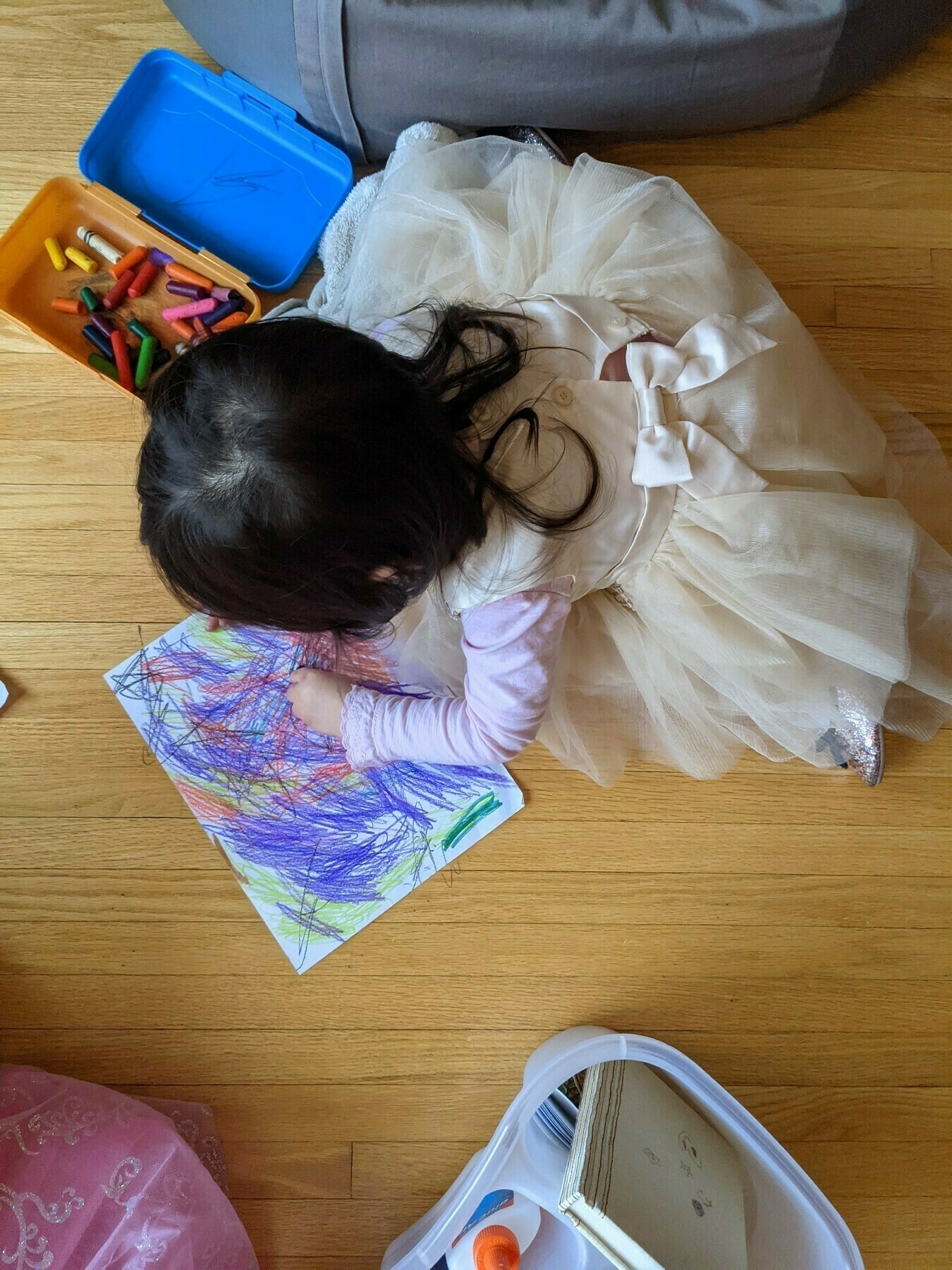
Technique 📷

[Kant] was awoken each morning at five o’clock, never later. He breakfasted on a couple of bowls of tea, then smoked a pipe, the only one of the day. On teaching days, he would go out in the morning to give his lecture, then resume his dressing-gown and slippers to work and write until precisely a quarter to one. At that point he would dress again to receive, with enjoyment, a small group of friends to discuss science, philosophy, and the weather.
There were invariably three dishes and some cheese, placed on the table - sometimes with a few desserts - along with a small carafe of wine for each guest. Conversation lasted until five o’clock.
Then it was time for his walk. Rain or shine, it had to be taken. He went alone, for he wanted to breath through his noe all the way, with his mouth closed, which he believed to be excellent for the body… He always took the same route, so consistently that his itinerary through the park later came to be called ‘The Philosopher’s Walk’.
From A philosophy of walking by Frédéric Gros. 📚
Harvesting “sea bubbles” 📷
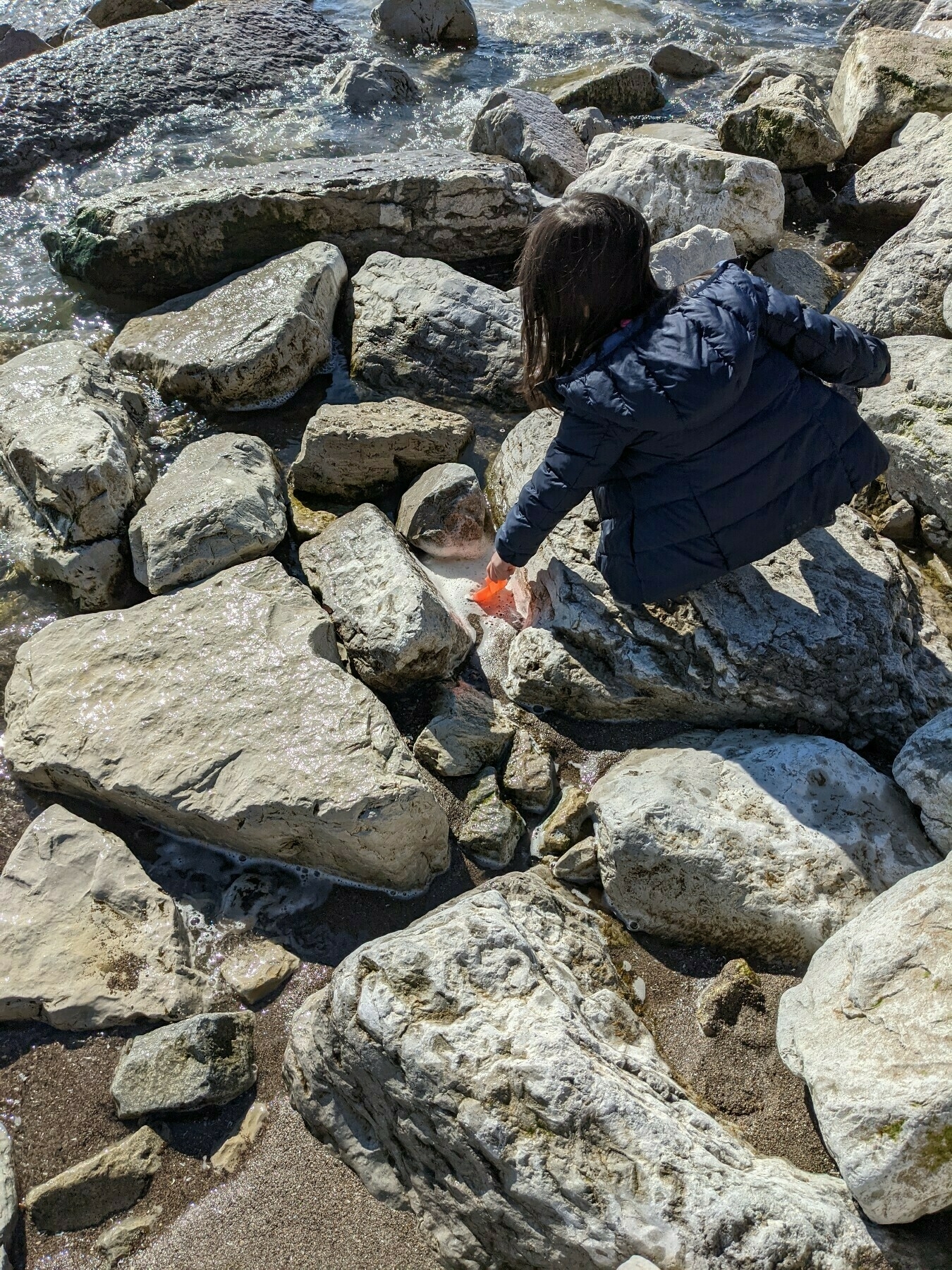
One of the benefits of having a finicky two week old baby who likes to spend significant portions of the night walking around in arms is the opportunity to listen to some old favourites.
Last night’s listen was Boys and Girls In America by The Hold Steady, and boy does it hold up (2006!). It now sounds even more like an elegy, not just for youth and it’s misadventures but for a whole world, pre-pandemic:
And everyone was funny, and everyone was pretty
And everyone was coming towards the center of the city
The dance floor was crowded, the bathrooms were worse
We kissed in your car and we drank from your purse
🎵
The urban stroller is subversive. The walker of wide-open spaces, the trekker with his rucksack opposes civilization with the burst of a clean break, the cutting edge of a rejection. The stroller’s walking activity is more ambiguous, his resistance to modernity ambivalent. Subversion is not a matter of opposing by evading, deflecting, altering with exaggeration, accepting blandly and moving rapidly on. The flâneur subverts solitude, speed, dubious business politics and consumerism.
From A philosophy of walking by Frédéric Gros. 📚
Our judgement of an established author is never simply an aesthetic judgment. In addition to any literary merit it may have, a new book by him has a historic interest for us as the act of a person in whom we have long been interested. He is not only a poet or a novelist; he is also a character in our biography.
From The Dyer’s Hand by W.H. Auden 📚
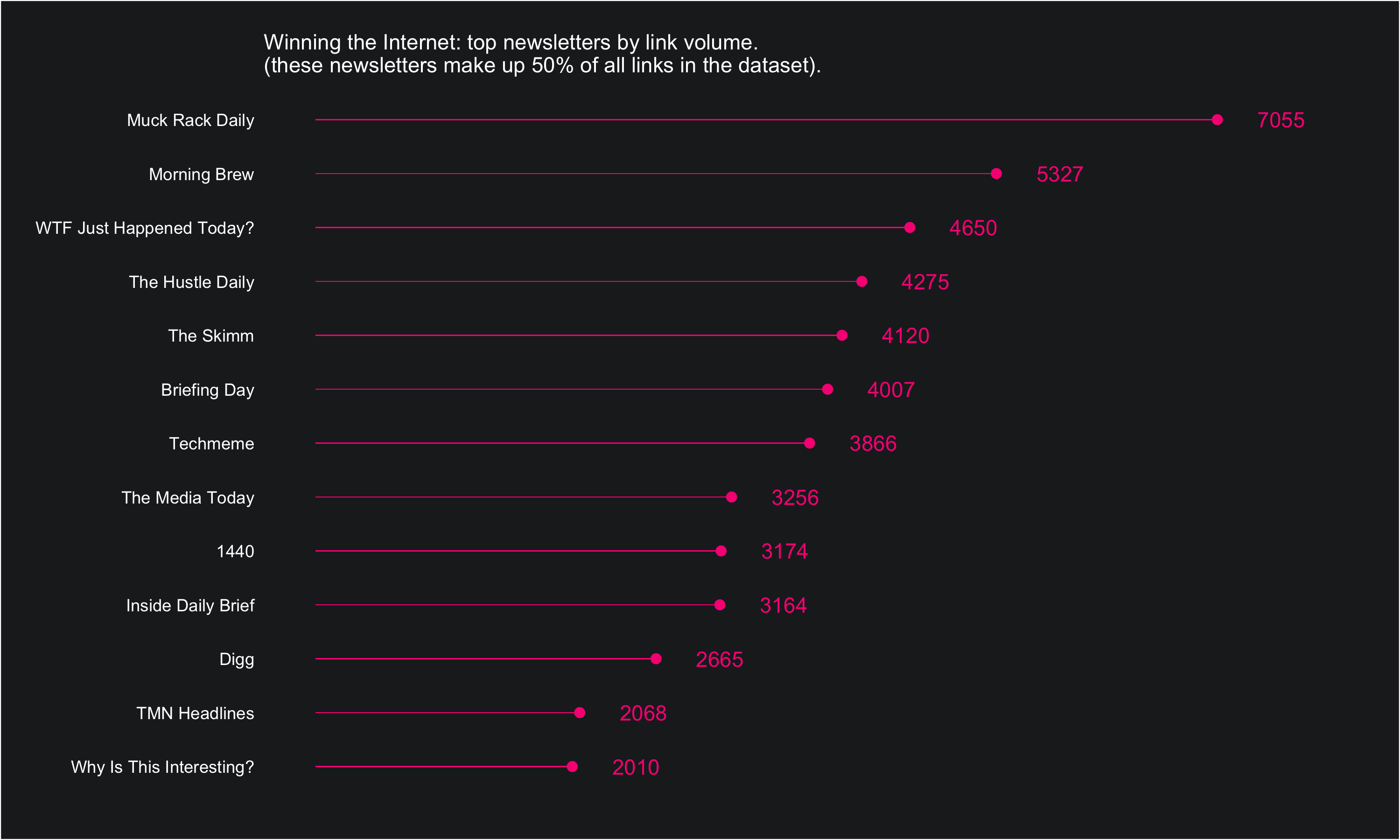
Bar charts are everywhere, and it’s hard to make them not boring. One way to dress them up a bit is to replace bars with dot-line combinations. This is pretty simple to pull off using ggplot2: I’ll show how below.
The data comes from the Winning the Internet project from The Pudding, hosted on GitHub here. Winning the Internet aggregates the links shared across a number of different newsletters… so it’s a newsletter of newsletters, sort of.
The dataset is simple: one row per URL and columns corresponding to the URL itself, the date of publication, the newsletter it was published in, and whether or not The Pudding classifies the link as spam (eg, not a real link to content).
Once we have it as a df, we can do a little bit of summarizing using count() and mutate() and then pipe the data into a visual:
df %>%
count(newsletter, sort = T) %>%
mutate(share = n / sum(n),
cumulative_share = cumsum(share)) %>%
filter(cumulative_share <= 0.5) %>%
ggplot(aes(reorder(newsletter, n), n, label = n)) +
geom_text(nudge_y = 500, color = "#F72485") +
geom_point(color = "#F72485", size = 2) +
geom_bar(stat = "identity", width = .02, fill = "#F72485") +
ylim(0, 8000) +
coord_flip() +
labs(x = "", y = "",
subtitle = "\nWinning the Internet: top newsletters by link volume.
\n(these newsletters make up 50% of all links in the dataset).") +
theme_custom()
A standard bar chart would use geom_bar() to do the heavy lifting when encoding the data. What we’ve done here is made the bars really skinny, and then also encoded the data in end of bar points using geom_point() and labels geom_text().
If you’re interested in the full code (including the themeing that goes into the theme_custom() function at the end of the chunk above, you can find it all here: rentry.co/puddinglinks1
This week’s best toy: dad’s chip set 📷
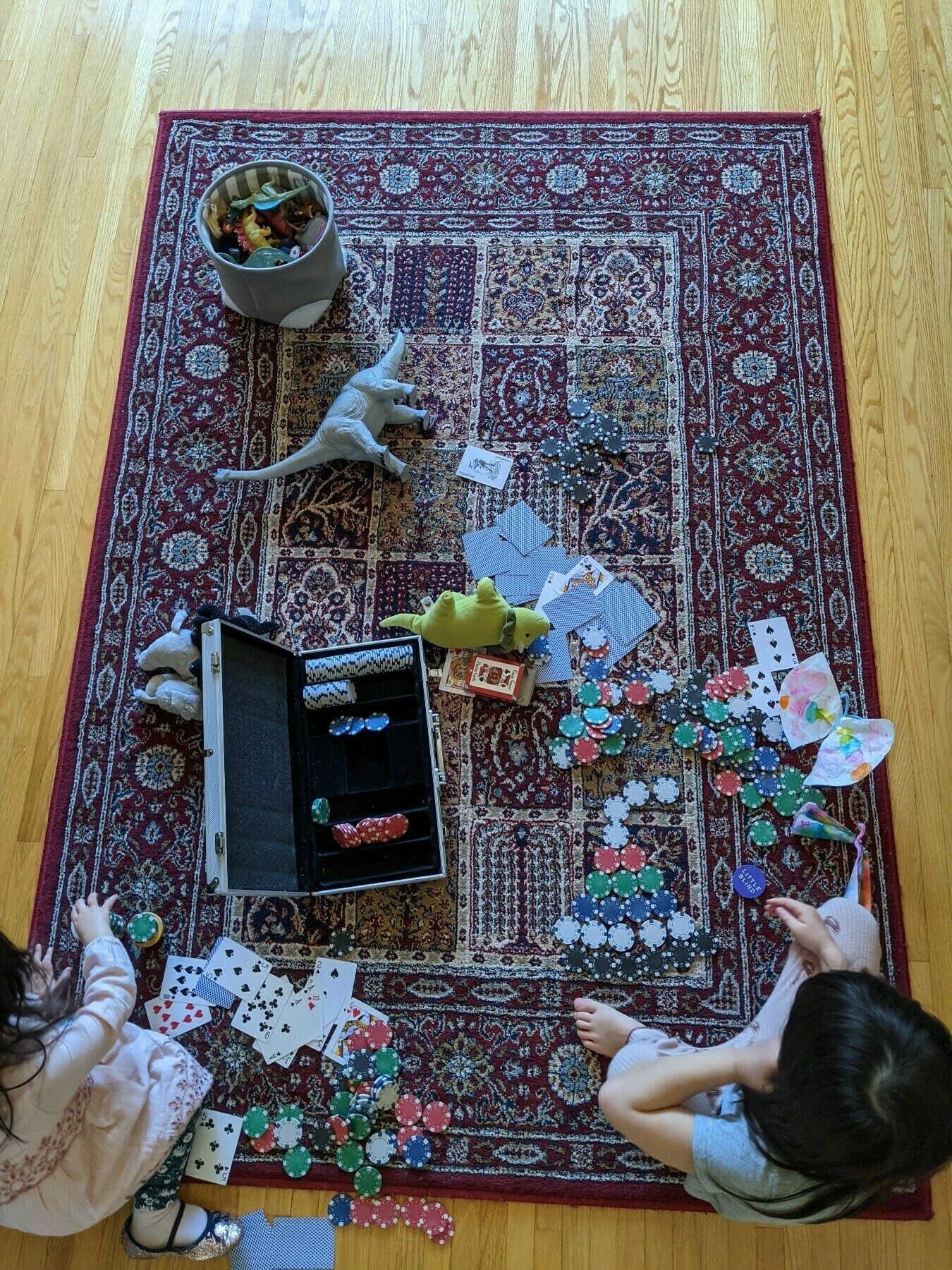
New boots! 📷

Between the ages of twenty and forty we are engaged in the process of discovering who we are, which involves learning the difference between accidental limitations which it is our duty to outgrow and the necessary limitations of our nature beyond which we cannot trespass with impunity.
When someone between twenty and forty says, apropos of a work of art, ‘I know what I like,‘he is really saying ‘I have no taste of my own but accept the taste of my cultural milieu’, because, between twenty and forty, the surest sign that a man has a genuine taste of his own is that he is uncertain of it.
From The Dyer’s Hand by W.H. Auden 📚
construction 📷
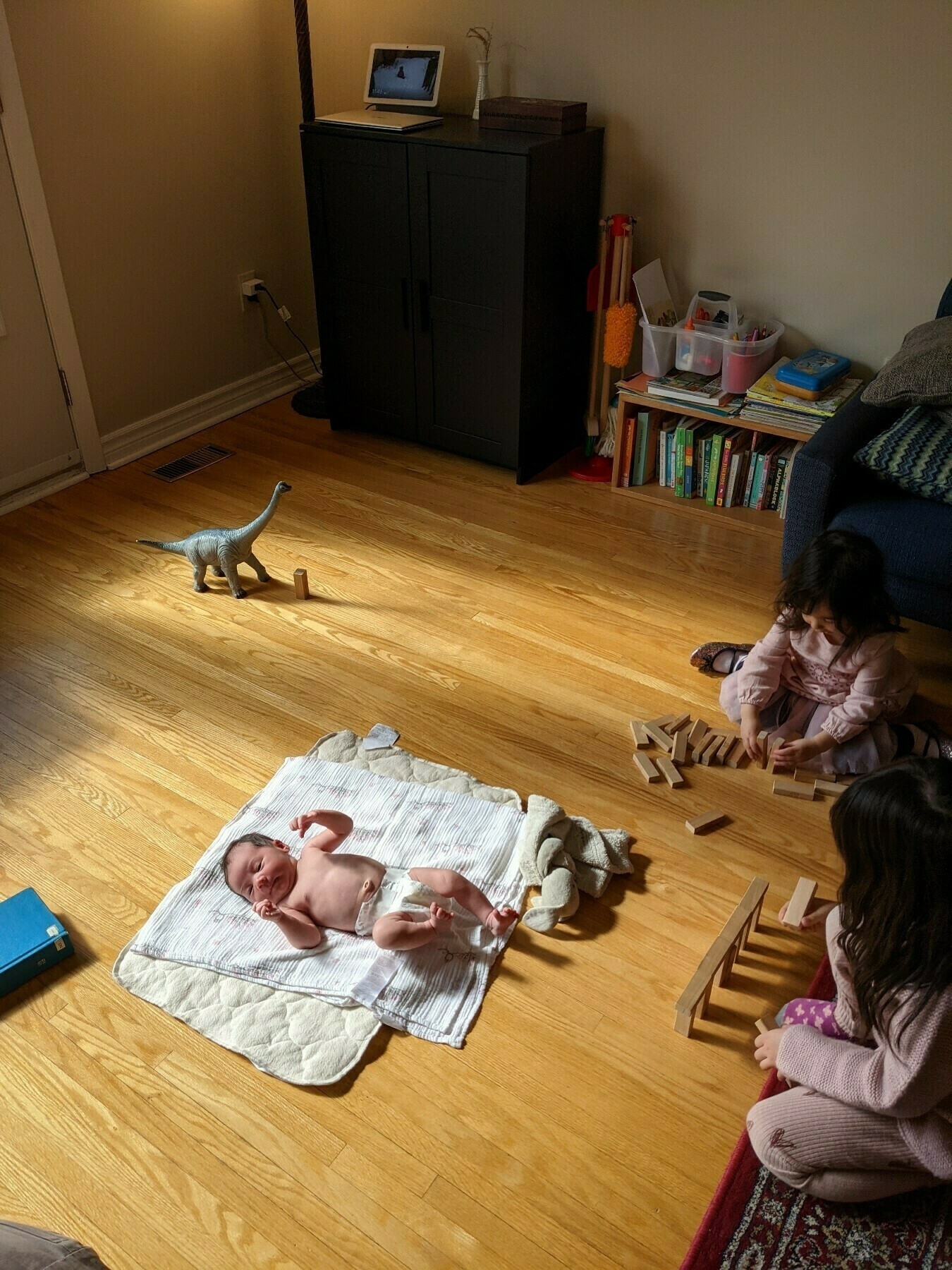
Computer things I’ve found recently that I think are cool: read on reMarkable Chrome Extension, Typora, read.cv (I live here).
Walking is the best way to go more slowly than any other method that has every been found. To walk, you need to start with two legs. The rest is optional. If you want to go faster, then don’t walk, do something else.
From A philosophy of walking by Frédéric Gros. 📚
I added a now page to my micro.blog recently.

📷
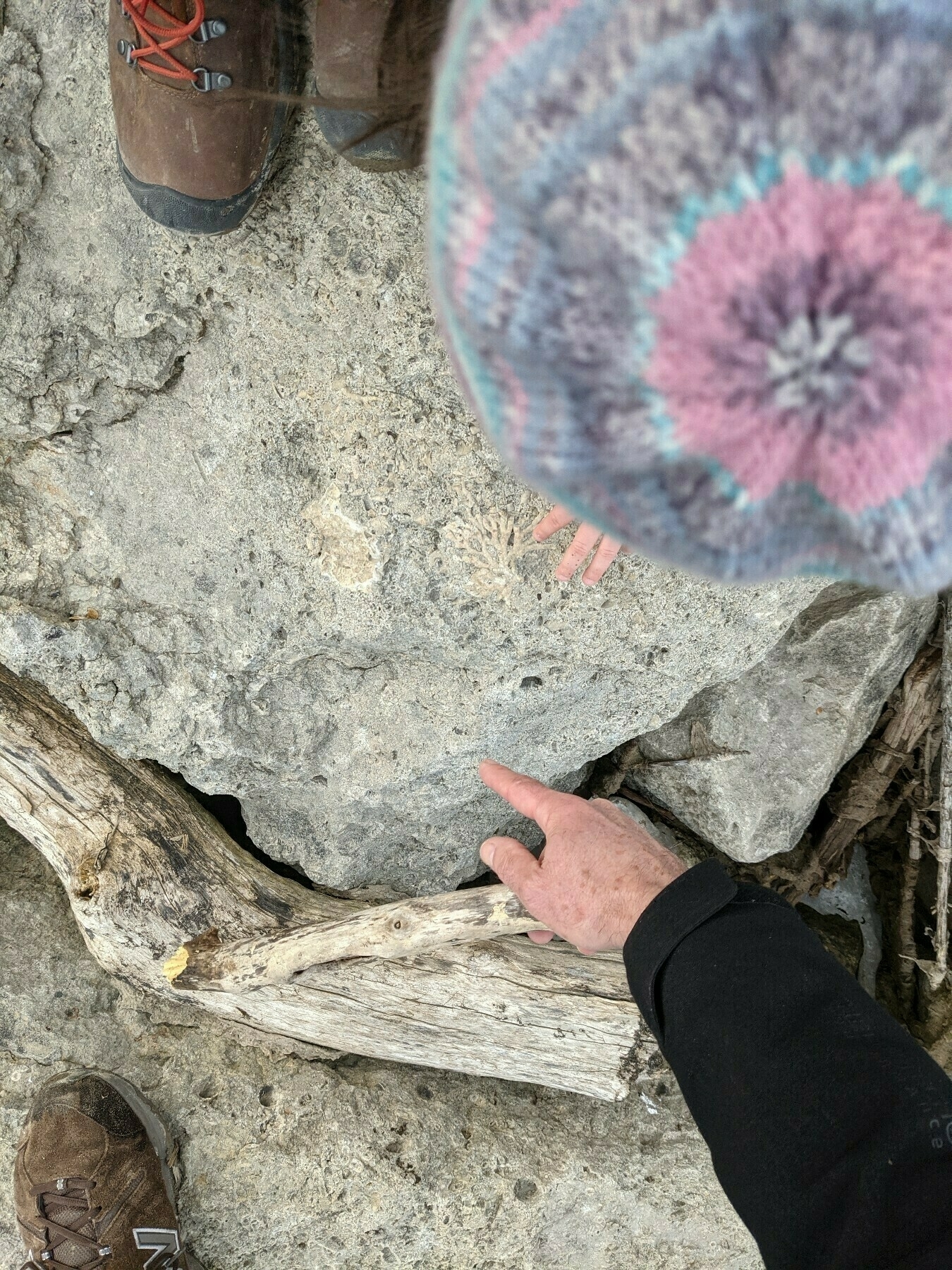
📷
Yesterday my almost five year old and I did a quick run to the grocery store together. It was the first one she’d done in a long time, and she got quite excited. “Dad, look at all those apples!!" Funny and awesome and sad all at the same time.

📷
You could do worse than having this on in a corner of your screen, or maybe on a second monitor: 30 Minutes of Relaxing Visuals from Studio Ghibli
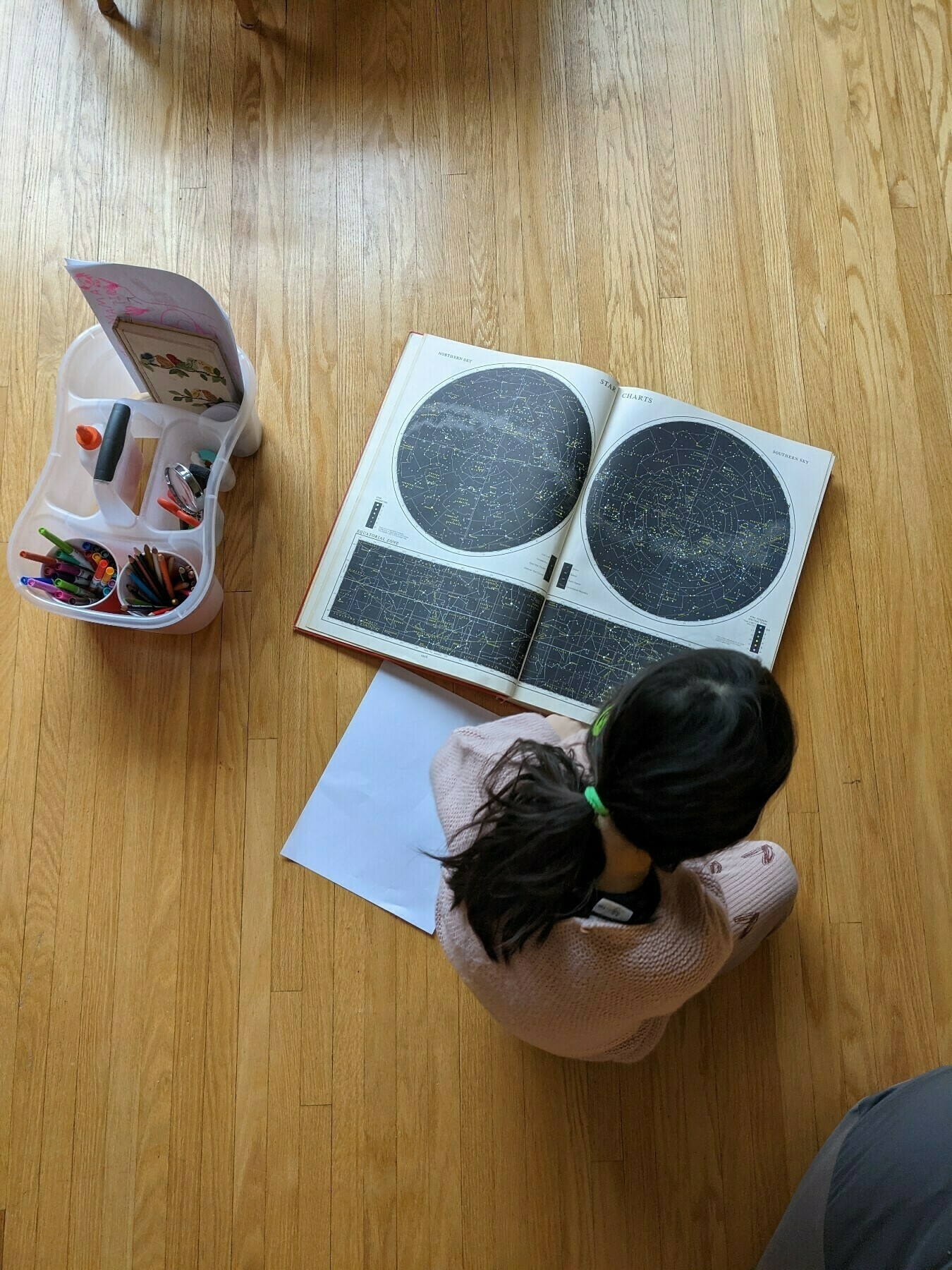
📷

It’s always fun reinforcing how well a favourite team is doing, so I thought I’d build the visual below this evening; I needed an rvest refresher anyways! All data from the NHL team pages on Wikipedia (eg. here). Full R code available here if you’re interested (I found out tonight micro.blog doesn’t seem to play nice with multi line code chunks - EDIT: it does, just with slightly different markdown formatting).

📷

📷
Craig Mod’s recent essay on looking closely reminded me of Houellebecq reading Schopenhauer, and in particular the centrality of careful observation/representation to the artistic process:
Before Schopenhauer, the artist was generally seen as someone who manufactured things… But the original point, the generating point of all creation… consists in an innate (and thus not teachable) disposition for passive and, as it were, dumbstruck contemplation of the world…
A work of art, in Schopenhauer’s conception, is a kind of product of nature; it must share with nature a simplicity of purpose, an innocence…
Once I read this I had to re-read The Map and the Territory. I think, when I first read this novel, that it seemed likely the character Jed was Houellebecq’s send-up of the art world, the author having vicious fun at the expense of the character (probably a safe baseline assumption reading Houellebecq).
That seems wrong now. Jed is an artist in the full, unironic Schopenhauerian sense:
Today, when art has become accessible to the masses and generates considerable financial flows, this has very comical consequences. Thus, the ambitious and enterprising individual with a range of social skills who nurses the ambition to have a career in art will rarely succeed; the palm will always go to the pathetic blob-like folk who everyone initially thought were just losers…
Since the idea is and remains intuitive, the artist is not aware in abstract terms of the intention and purpose of his work.
📚
My library recently added a “borrowing history” page (belated, but welcome. Thanks TPL!). Suitably enabled, I decided to make myself a books I’ve read / skimmed / started page! 📚